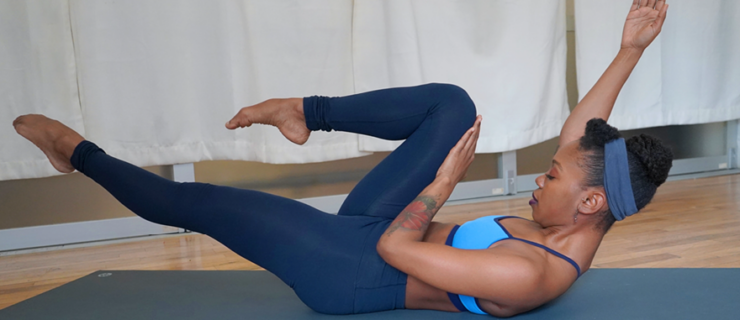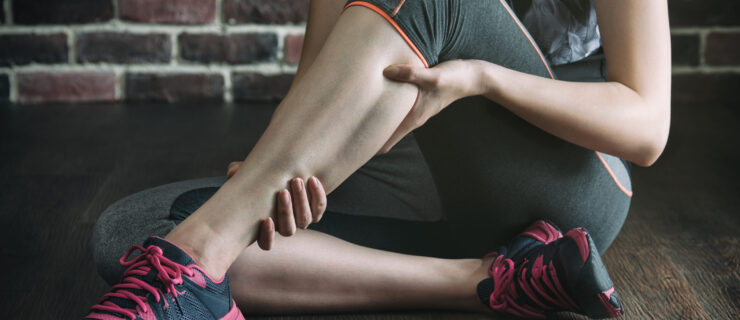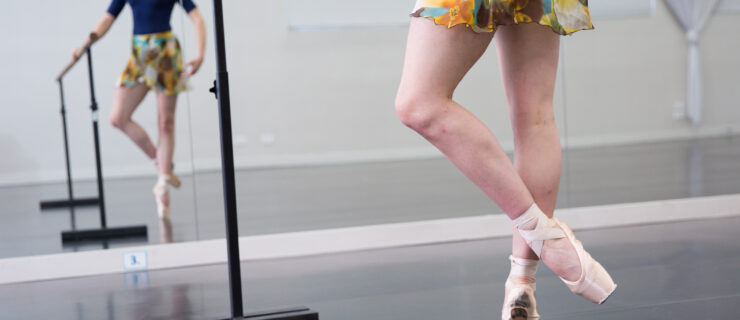Yes, You Can Take a Day Off: The Physical and Mental Health Benefits of Rest
I graduated from college in May with my dance degree. After taking ballet and other dance classes every day for the past four years, I was unsure how to manage my training on my own during a pandemic. Sometimes the last thing I want to do is take a virtual ballet class in my tiny New York City apartment. But then I see my friends posting videos of themselves in Zoom class to Instagram, and I feel guilty. Am I allowed to take a day off from technique classes?
Most dancers struggle with giving themselves a break. And in the midst of COVID-19, you may feel the need to take an overwhelming amount of Zoom classes so that your technique doesn’t fall behind. Soon enough, lines start to blur; when your living room is your dance studio, when do you ever stop training? Ultimately, the hours of daily dance classes and supplemental workouts may lead to mental burnout or even physical injury. To prevent this, dancers need to make sure they’re getting both physical and mental rest.
What happens to our bodies when we don’t rest?
Loading up on extra classes at home could be doing more harm to your body than good. Dr. Emily Becker, a physical therapist and owner of Rocky Mountain Dance Injury Prevention and Symposium, stresses that limited space and bad floors can lead to injuries, especially with overuse. Classes created for smaller spaces offer fewer options for movement; therefore, dancers tend to use the same muscles over and over. Without proper rest, these muscles can quickly become over-stressed.
Your body mechanics can also change. In the first stages of burnout, Becker explains, your resting heart rate increases by five to 10 beats per minute, even when doing simple activities. A higher heart rate increases the concentration of lactic acid in your muscles, leading to more soreness.

Without proper physical rest, the body can’t go into supercompensation, the process that allows the muscles to adapt and your technique to improve. Becker says, “In order to get our bodies stronger, better, faster, we have to make sure that you’re taking time off and actually resting. Otherwise, you don’t have a linear progression to that supercompensation state.”
So, how long does it take for the body to recover from training? While it depends on the dancer, bones take roughly 96 hours to recover, while tendons and ligaments take 72 hours. This is why most weight lifters typically separate different muscle groups in their training, to allow for some parts of the body to recover while working on others. Becker suggests that mature dancers in a rigorous college or conservatory program focus on a different area of class each day, varying their level of intensity. For example, if you did petit allégro yesterday, it might be best to substitute jumps for relevés today, or focus more on the port de bras. And for younger dancers training five to six days a week, those one to two days without class should really be time to let the body recover.
How does lack of rest affect our psyche?
Social media makes it easy to constantly compare our work ethic to our peers’. You may fear that breaks from dance class, even for just a day, will cause your technique to fall behind. Dr. Nadine Kaslow, a psychologist and professor at Emory University, advises dancers to “focus inward, not just outward, and decide ‘What do I need to do for myself?’ Just because somebody is posting on Instagram every day, we don’t really know what that means.”
Giving yourself permission to physically rest is only half the battle; you also have to let your brain not think about dance for a moment, says Dr. Brian Goonan, a psychologist based in Houston, Texas. “If all you’re doing is going out and practicing, practicing, practicing, you’re really not giving your body the opportunity to synthesize what it’s learning,” Goonan explains. Your brain needs mental rest in order to absorb material and corrections.

Overtraining can quickly lead to mental burnout. Goonan notes that one psychological warning sign of burnout is feeling on edge before, during or after a dance class. Other signs, Kaslow adds, include making uncharacteristic mistakes, experiencing a lot of self-doubt, feeling unmotivated, or not enjoying or feeling a sense of accomplishment about dancing.
How can we rest?
Everyone needs at least one day of total passive rest, says Becker. Furthermore, if your body is sore and tired, pushing it to be active can cause burnout. “The body has an alarm system,” she says. “That pain or fatigue is telling you that you need a break.”
Resting doesn’t always have to mean sitting on the couch, snacks in hand. “It does mean you get your eight to 10 hours of sleep and you eat the right way,” says Becker. She explains that active rest—going for a walk or cross-training with Pilates, yoga or weight lifting—can be extremely beneficial on days you don’t take dance class, as these activities train muscles that may be neglected in class. However, the way you rest depends more on your psychological state than your physical state. If your body feels okay but you are feeling mentally burned out, give yourself a break. All dancers deserve rest, whether they think so or not.

Kaslow recommends cultivating nondance hobbies, whether they’re creative outlets, like music or drawing, or something entirely different, like baking or hiking. Additionally, she suggests that dancers mark in their calendars time for dancing and time for resting, especially when breaks that are usually built in with holidays feel optional when everything is virtual.
Remember, every dancer has distinct needs. “Our energy levels are different, and what’s best for us is different,” says Kaslow. So even if it seems like no one on Instagram is taking a day off, listen to your body and give it the rest it needs to keep dancing.





